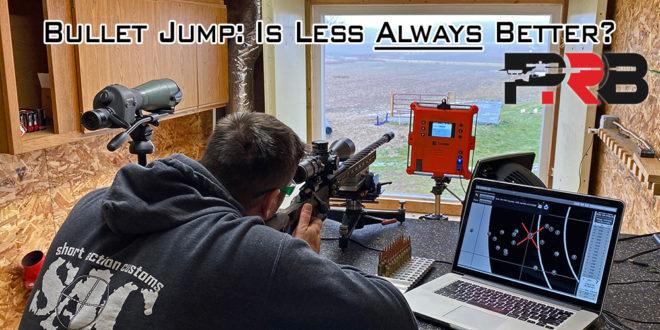I have been reloading for hunting and hand guns 35 years. I did not realized how little I knew until I started following and participating in forums like LRH, Nosler, Accurateshooter and snipershide, to name a few.
I don't want to get into OCW, Ladder and all those other subjects for load development. I just want to focus on bullet seating depth (jump or jammed)
I am familiar with bullet seating depth process, and I posted a link here before, but the engineer in me wants to understand more.
So here is the question I pose to the greater and more experienced group:
Is it the bullet design, i.e. tangent vs. secant that determines the jump/jammed, the caliber/cartridge (we know Weatherby cartridges are designed for extra long jump, the rifle (way the chamber and throat, barrel, lead come together) or a combination of all
Second question. Do you have a cartridge. let's say 6.5 Creed (pick one that applies to you) that you use a different seating depth for different rifle (same bullet)
I am trying to understand the physics/mechanics behind it
I don't want to get into OCW, Ladder and all those other subjects for load development. I just want to focus on bullet seating depth (jump or jammed)
I am familiar with bullet seating depth process, and I posted a link here before, but the engineer in me wants to understand more.
So here is the question I pose to the greater and more experienced group:
Is it the bullet design, i.e. tangent vs. secant that determines the jump/jammed, the caliber/cartridge (we know Weatherby cartridges are designed for extra long jump, the rifle (way the chamber and throat, barrel, lead come together) or a combination of all
Second question. Do you have a cartridge. let's say 6.5 Creed (pick one that applies to you) that you use a different seating depth for different rifle (same bullet)
I am trying to understand the physics/mechanics behind it




